The importance of treating lateral canals has been a long lasting debate between endodontists. From Schilder and Wein debates in the 80s to nowadays debates between Castellucci and Ricucci, the […]
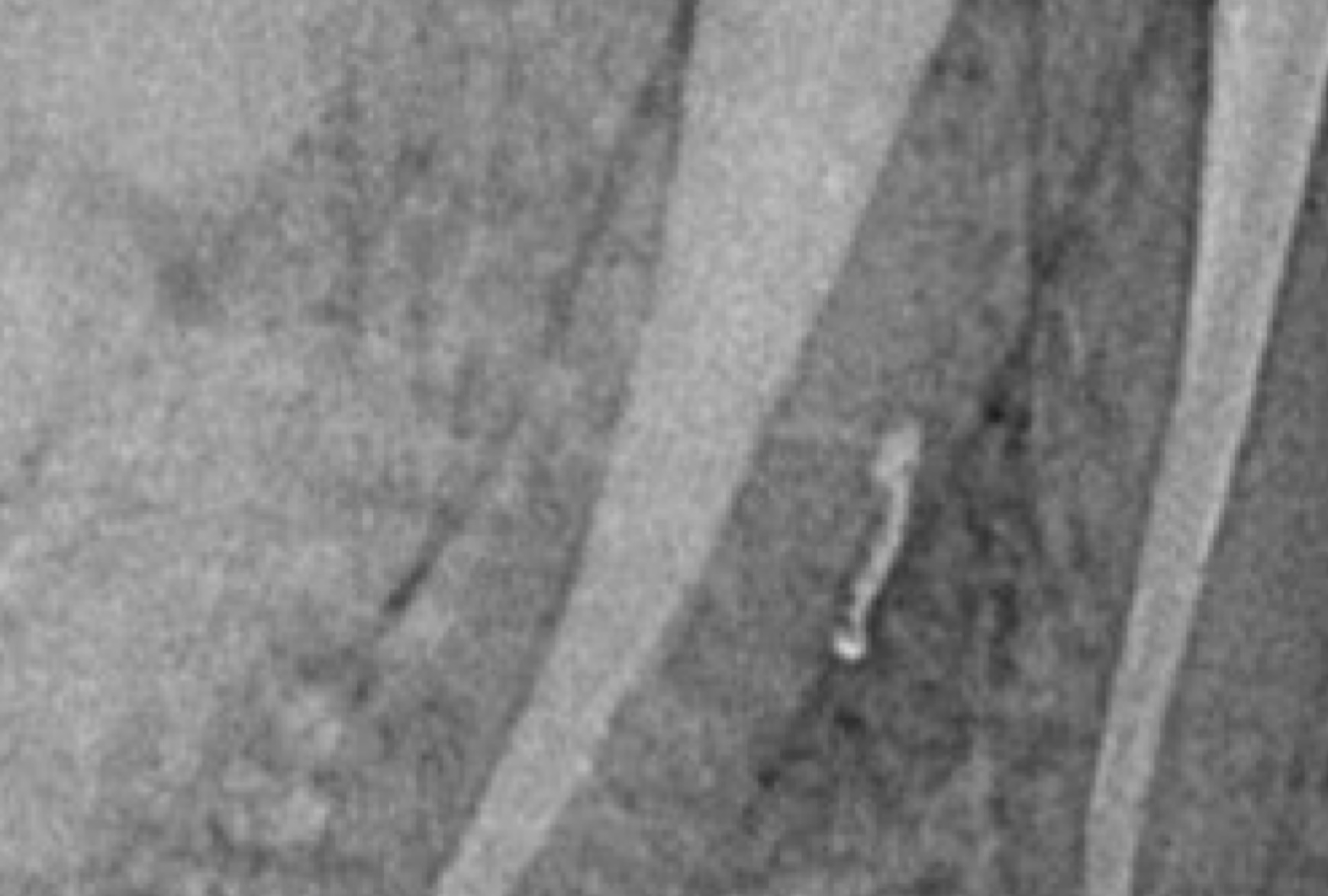 Do lateral canals matter?
Do lateral canals matter?
The importance of treating lateral canals has been a long lasting debate between endodontists. From Schilder and Wein debates in the 80s to nowadays debates between Castellucci and Ricucci, the […]
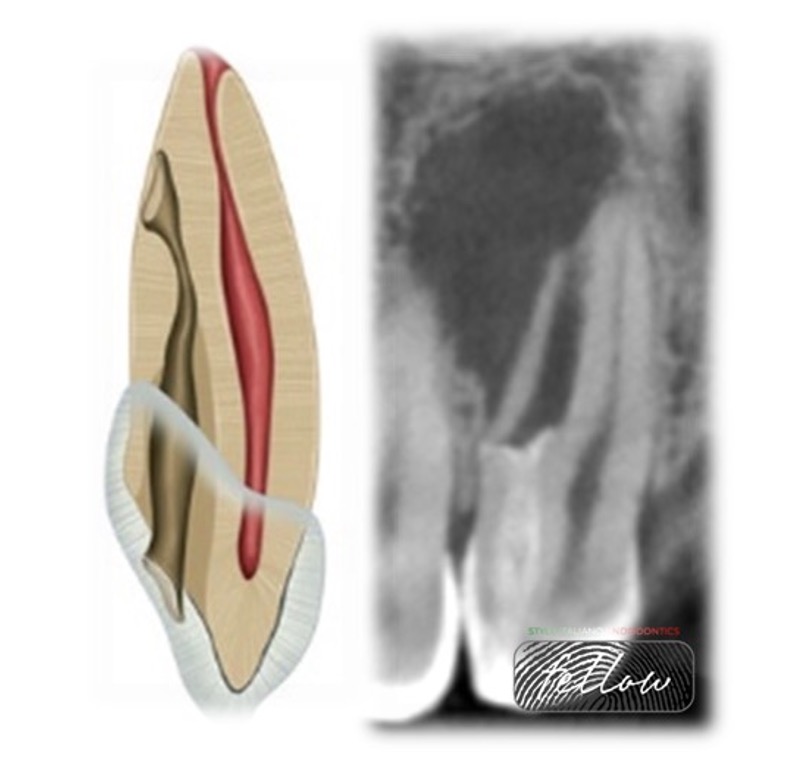 Case report Management of Dens Invaginatus type IIIA
Case report Management of Dens Invaginatus type IIIA
This article showing the Management of Dens Invagenatus of upper lateral incisor with large periapical lesion.
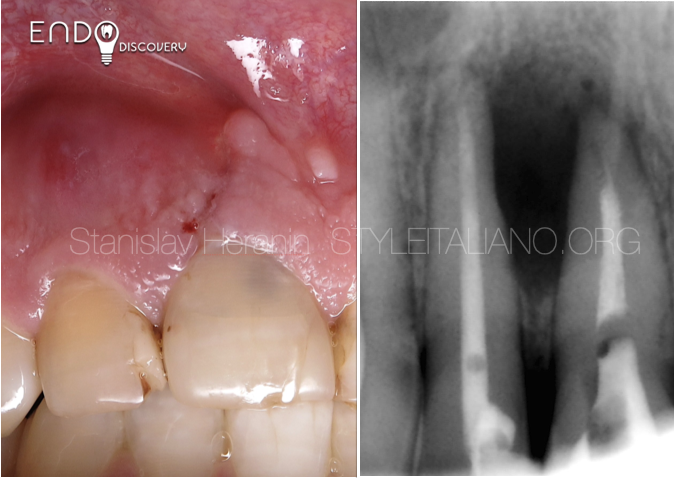 Management of cervical Perforation, Apical abscess and huge periapical lesion
Management of cervical Perforation, Apical abscess and huge periapical lesion
Root perforation is a complication of Endodontic treatment characterized by the communication between the root canal space with the periodontal tissues. These accidents usually occur due to iatrogenic causes including lack of knowledge of dental anatomy, wrong endodontic access, calcification of the coronary and cervical thirds, failure in radiographic analysis. Among the factors that affect root perforation prognosis are the location (cervical, middle and apical thirds), the extent, presence or absence of periodontal pockets, the time between perforation and treatment, biological compatibility and sealing ability of the filling material.
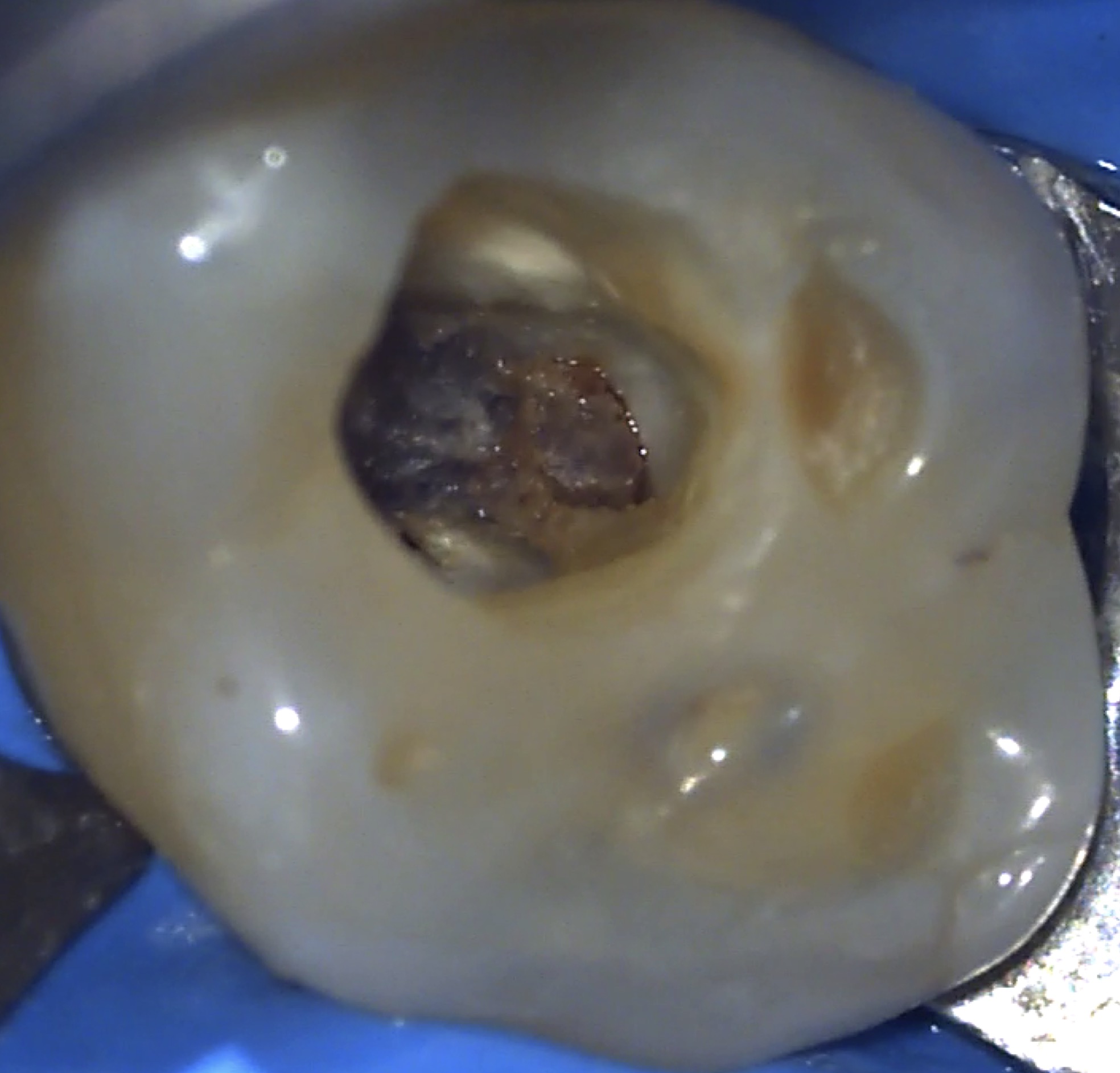 Pulp calcifications, a nightmare for the endodontist
Pulp calcifications, a nightmare for the endodontist
Pulp calcifications are one of the main challenges faced by endodontic professionals. Pulp stones are defined as calcified foci that are observed in the coronal or, less frequently, radicular pulp […]
 Diagnosis and treatment of External Root Resorption: a case report
Diagnosis and treatment of External Root Resorption: a case report
ECR is a pathologic root resorptive process with an unclear aetiology. Beginning in a point of entry in the cervical area of the root, in later stages, the resorptive process can reach the pulpal space.
The purpose of this article is to report this clinical condition, through the description of one clinical case, highlighting everything from the diagnosis to the treatment performed.
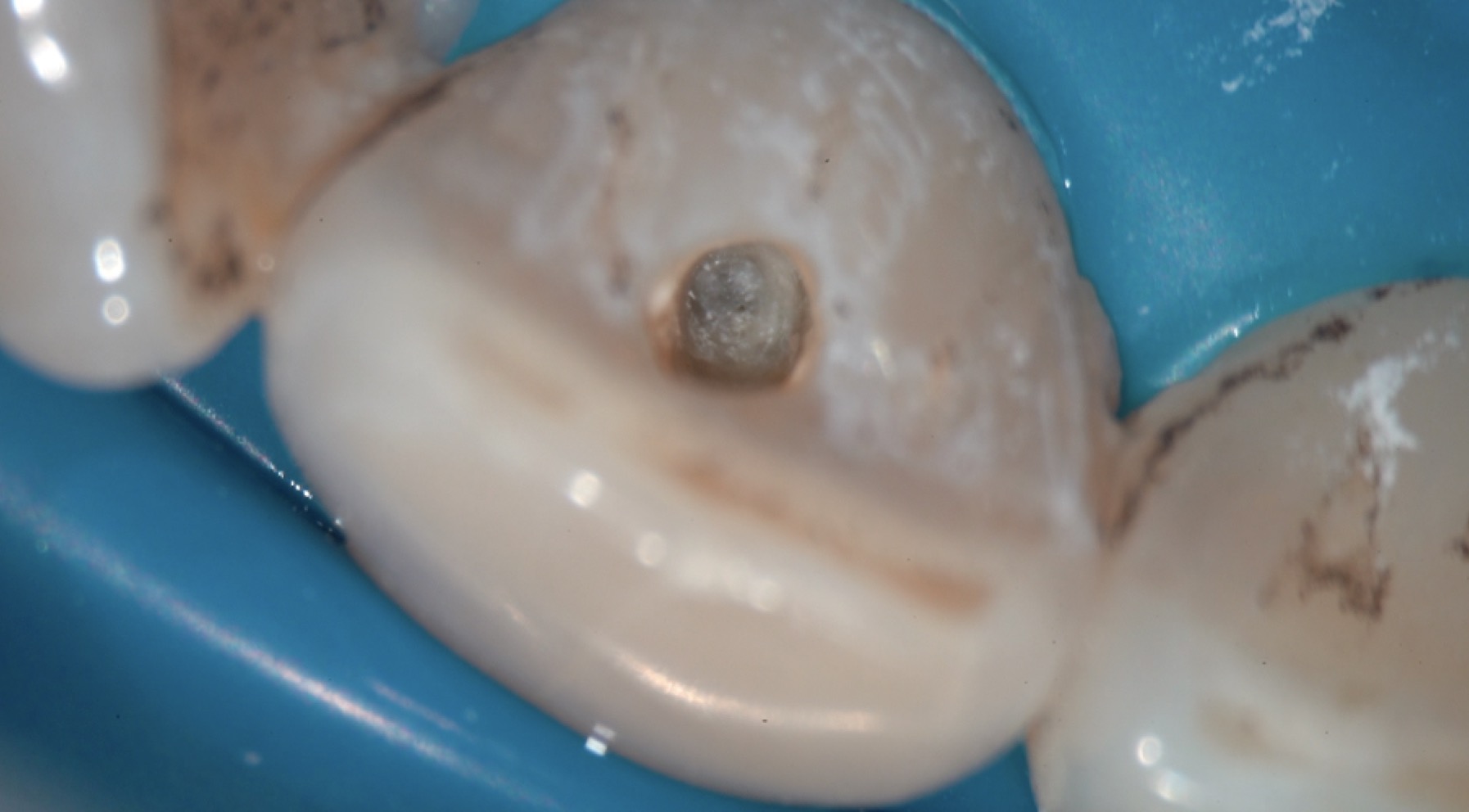 Treat the invisible canal: a clinical challenge
Treat the invisible canal: a clinical challenge
During primary treatment, even in simple cases, many root canal anatomy alterations and errors can occur such as access cavity over enlargement, perforations, blocage or file breakage. Sometimes, many iatrogenic […]
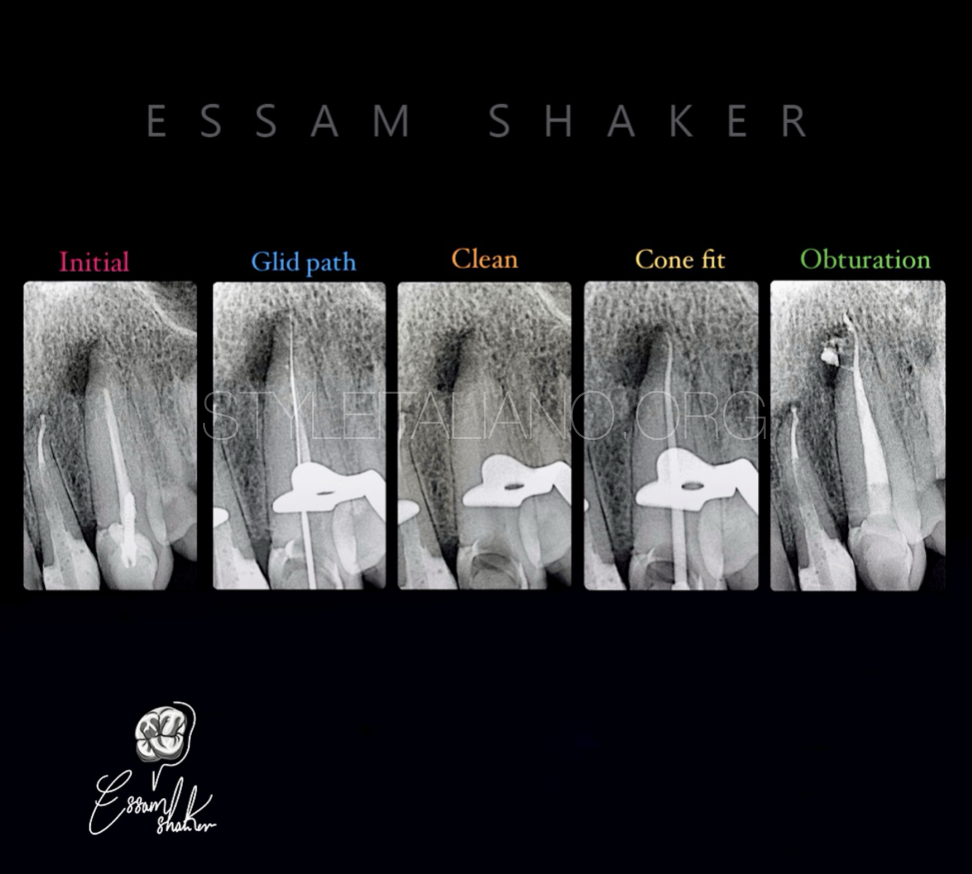 Complexity of the root canal system anatomy
Complexity of the root canal system anatomy
The main goal of root canal treatment is to eliminate the infection in the complex root canal system for the long-term preservation of a functional tooth. Proper debridement of the […]
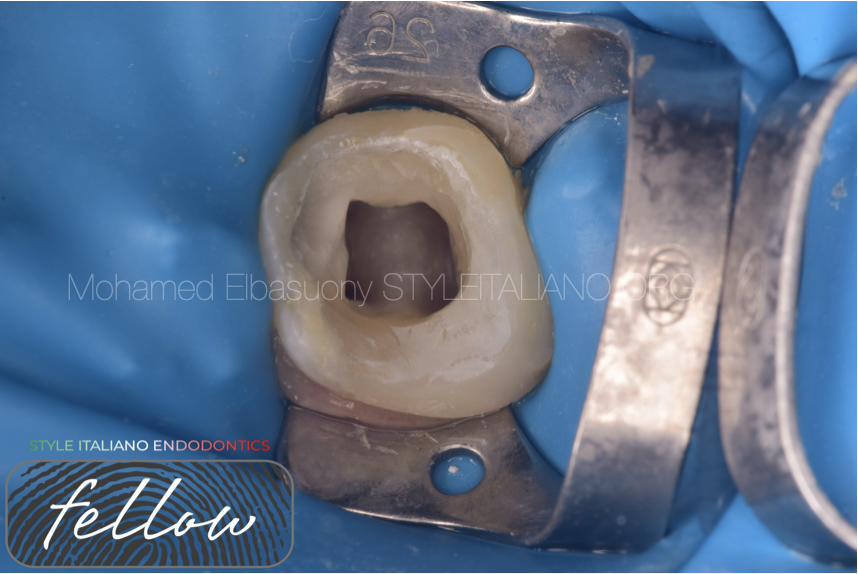 Radix Entomolaris: Case Report with Clinical Implication
Radix Entomolaris: Case Report with Clinical Implication
Usually, first mandibular molars have one mesial and distal root but in some cases there are anatomical variations. Presence of an additional lingual root distally in mandibular molars is called radix entomolaris (RE). If present, an awareness and understanding of this unusual root and its root canal morphology can contribute to the successful outcome of root canal treatment. The article describes the endodontic management of mandibular molar with RE.
 Treating narrow canals with Harmony files
Treating narrow canals with Harmony files
We often need to retreat teeth where the initial treatment was short from the radiographic terminus of the root. Many times, when we remove the existing filling our files cannot […]
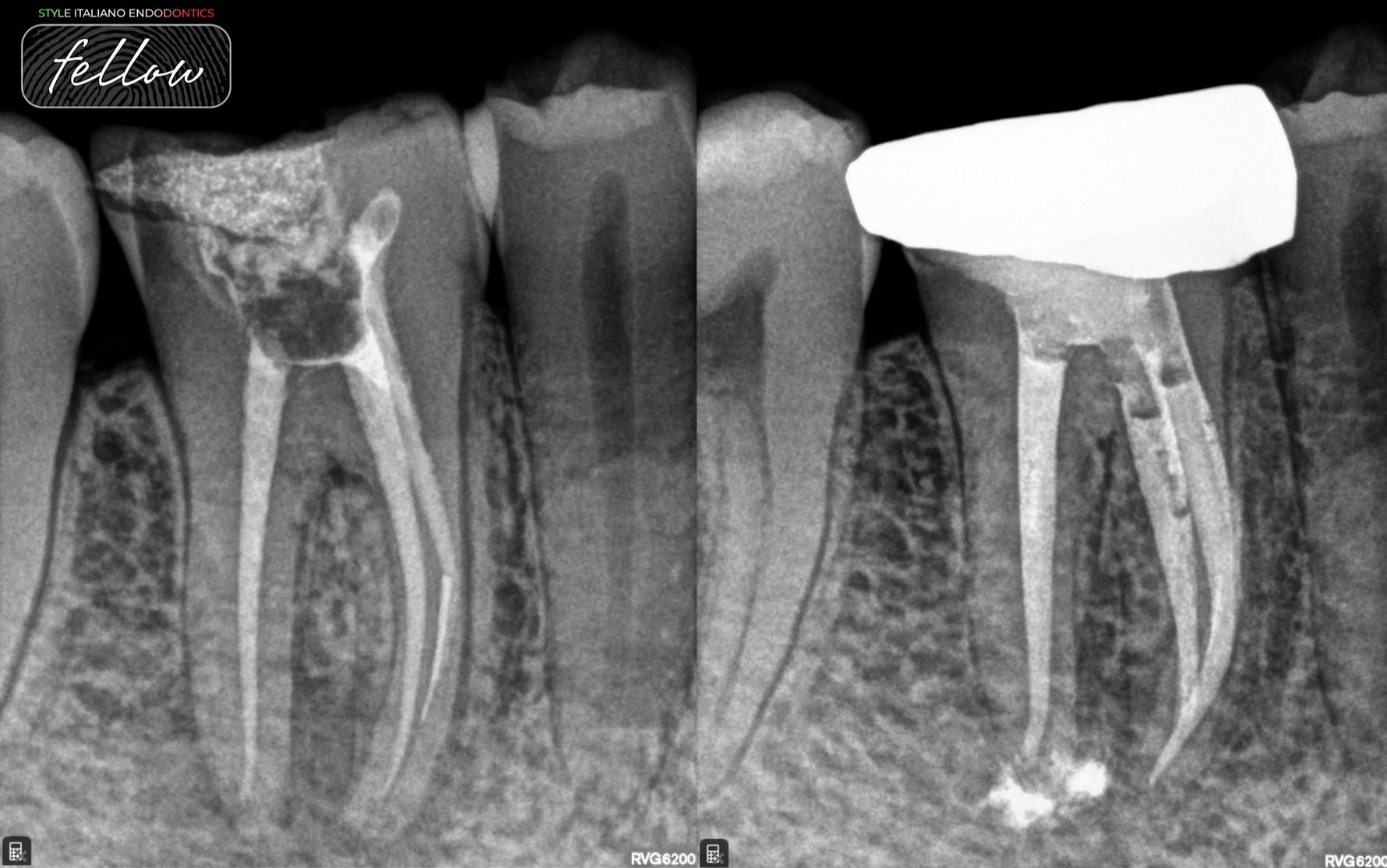 Retrieval and retreatment of mandibular molar
Retrieval and retreatment of mandibular molar
Retrieval along with Retreatment is one of the most challenging procedures in the endodontic therapy, This article showcases the management of a lower first molar with swparatedinstrumemnt and a periapical lesion. In […]
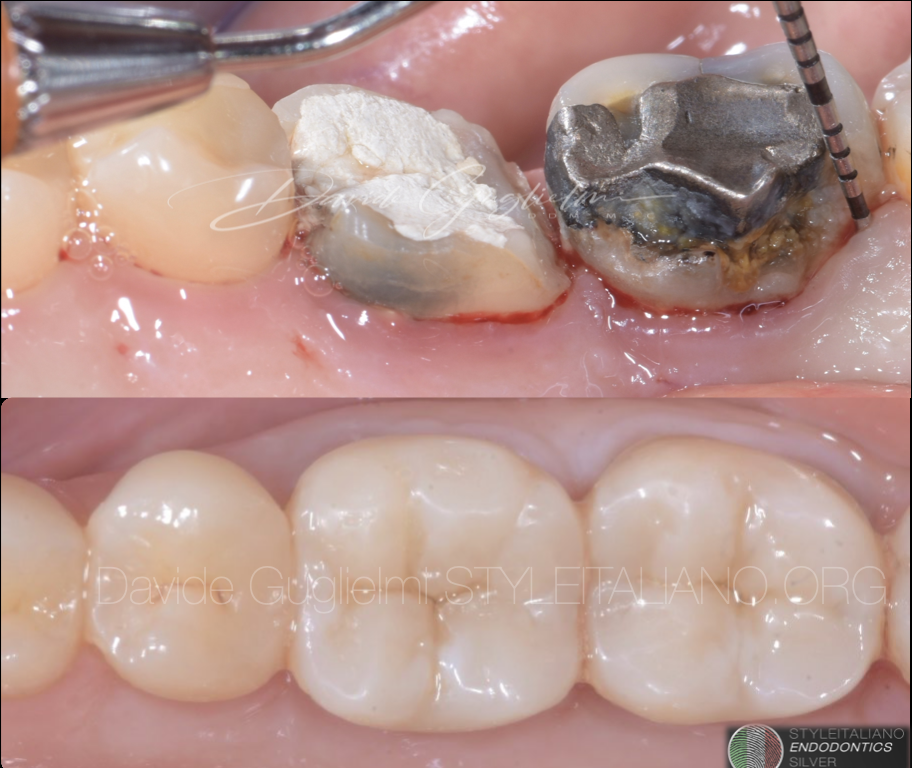 Deep Margin Elevation and Clinical Crown Lengthening: Biological considerations and clinical procedures
Deep Margin Elevation and Clinical Crown Lengthening: Biological considerations and clinical procedures
The restoration of a severely compromised tooth represents a challenge for the clinician, not only due to a significant loss of structure of the element but also due to the invasion of the supracrestal tissue attachment, with consequent compromization of periodontal health.
The technique of deep margin elevation can be applied when the healthy margin of the tooth needing restoration is localized within the sulcular epithelium or at the level of the junctional epithelium.
On the other side, the presence of lesions of the dental element involving the space for the supracrestal connective attachment and/or the bone crest makes the surgical intervention necessary. The following article aims to describe the indications and surgical procedures for clinical crown lengthening from a biological, periodontal and biomechanical point of view.
Therefore, the operational steps of the clinical crown lengthening surgical procedure (bone-resective surgery) and the sub- sequent endodontic/restorative clinical phases will be illustrated.
 Management of complex anatomy in the first mandibular premolar, 2 cases in 1
Management of complex anatomy in the first mandibular premolar, 2 cases in 1
We know that treating a tooth involves different phases or stages, but it is important to know the internal anatomy, in order to approach the case in the best possible […]